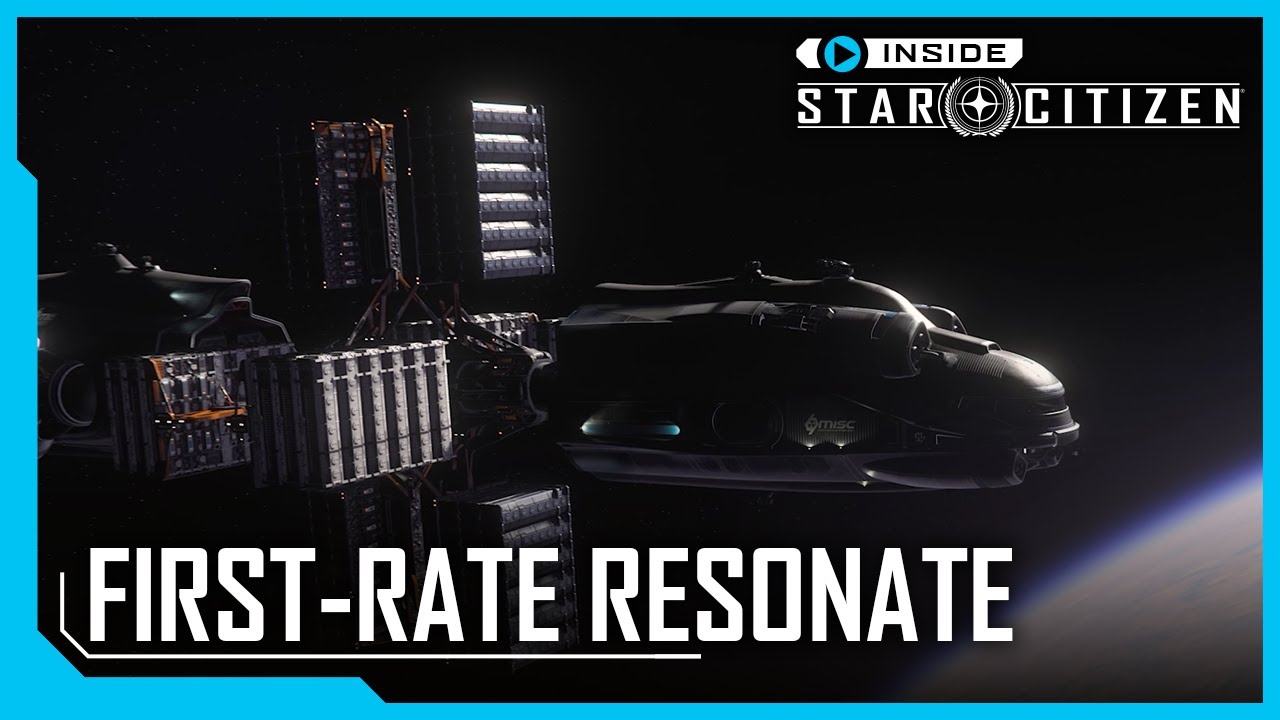In this episode of Inside Star Citizen, the team introduces Claudius, a new audio tool that simplifies access to different audio functions for sound designers. One of the key features of Claudius is resonance, which adds realism and immersion to the game world by simulating object vibrations and creating corresponding sounds.
In this episode of Inside Star Citizen, the team discusses the new audio tool called Claudius. Claudius brings together all the different audio functions into one place, making it easier for sound designers to access everything they need without unnecessary code requests. One of the key features of Claudius is resonance, which allows for a more realistic audio experience in the game world. Resonance simulates the sensitivity of objects to vibration and creates the corresponding sound. The goal is to make the game world dynamically respond to player actions, adding another layer of immersion to the soundscape.
With resonance, the team can quickly create resonances around points in the world in response to game events, such as firing a weapon near a window or hitting a metal panel. The resonance can be adjusted based on the size of its sphere of influence and its decay time. Frequencies can also be set for the driver and resonator, allowing for specific interactions between objects. This new tech makes it easier and quicker to implement the desired sounds in the game, improving the overall audio experience for players.
Resonance is integrated with the propagation tech, ensuring that sounds respect paths through rooms and doorways. However, in some cases, resonance can travel through walls and geometry to create a more visceral experience. The system requires design input to govern its output, as different scenarios may require different levels of resonance. The goal is to convey excitement and useful information to the player, making scenes and events more impactful.
Resonance works alongside the physical audio system, which handles the audio for the physicalization of objects in the game world. The combination of these two systems adds depth and physicality to the soundscape, enhancing the immersion factor. With the underlying engine Sig audio and Claudius, the team is able to develop and iterate on features like resonance quickly, allowing them to continually improve the audio experience of Star Citizen.
Overall, the team at Star Citizen recognizes the importance of audio in creating a living and breathing world. With the implementation of Claudius and resonance, they aim to enhance the immersion and realism of the game, ensuring that the audio experience matches the visual spectacle.
salt-e-mike reacts:
In this episode of Inside Star Citizen, the new audio tool Claudius and its resonance feature are highlighted. Claudius streamlines the audio process for sound designers and the resonance feature adds realism and interactivity to the game’s audio, creating a more immersive and dynamic soundscape.
In this episode of Inside Star Citizen, the focus is on the new audio tool called Claudius and its latest feature called resonance. Claudius is designed to streamline the audio process for sound designers by providing all the necessary tools in one place. The goal is to improve the audio experience in Star Citizen and make the game world more immersive. The resonance feature allows for realistic vibrations and sound responses to in-game events, creating a more dynamic and interactive soundscape.
One of the main advantages of Claudius and resonance is the ability to quickly create resonances around different points in the game world. This means that objects and materials can respond realistically to actions and events, such as firing a weapon next to a window or impacting a ship with a missile. The resonance driver node in Claudius can be used to control the intensity and duration of the resonance, while resonator nulls can be added to create specific resonant responses.
The implementation of resonance not only enhances the immersion and realism of the game, but also adds a layer of interactivity and cause-and-effect to the props and objects around the player. It allows for more dynamic gameplay experiences, such as feeling the impact of a missile on the ship and having vibrations propagate through its structure. The resonance system is designed to complement the physical audio system, which handles the audio for the physicalization of props and objects.
Overall, the introduction of Claudius and resonance in Star Citizen marks a significant improvement in the audio experience of the game. The tools provided by Claudius make it easier for sound designers to implement realistic and dynamic sounds, while the resonance system adds depth and interactivity to the soundscape. The goal is to create a living and breathing world where the audio is just as important as the visuals. The team behind Star Citizen is continually working on enhancing the audio experience, and the resonance feature is just one example of their commitment to creating an immersive game world.

